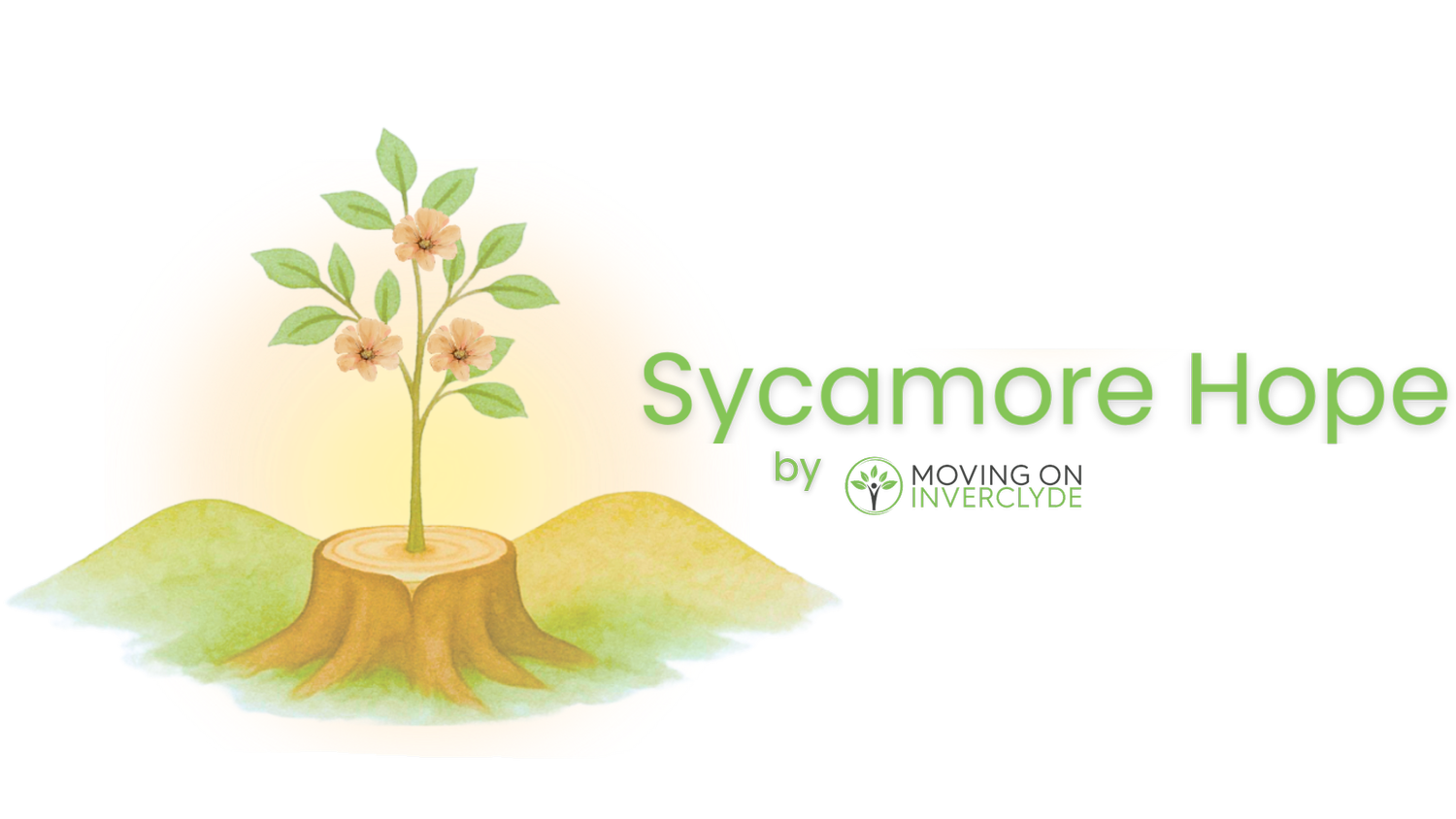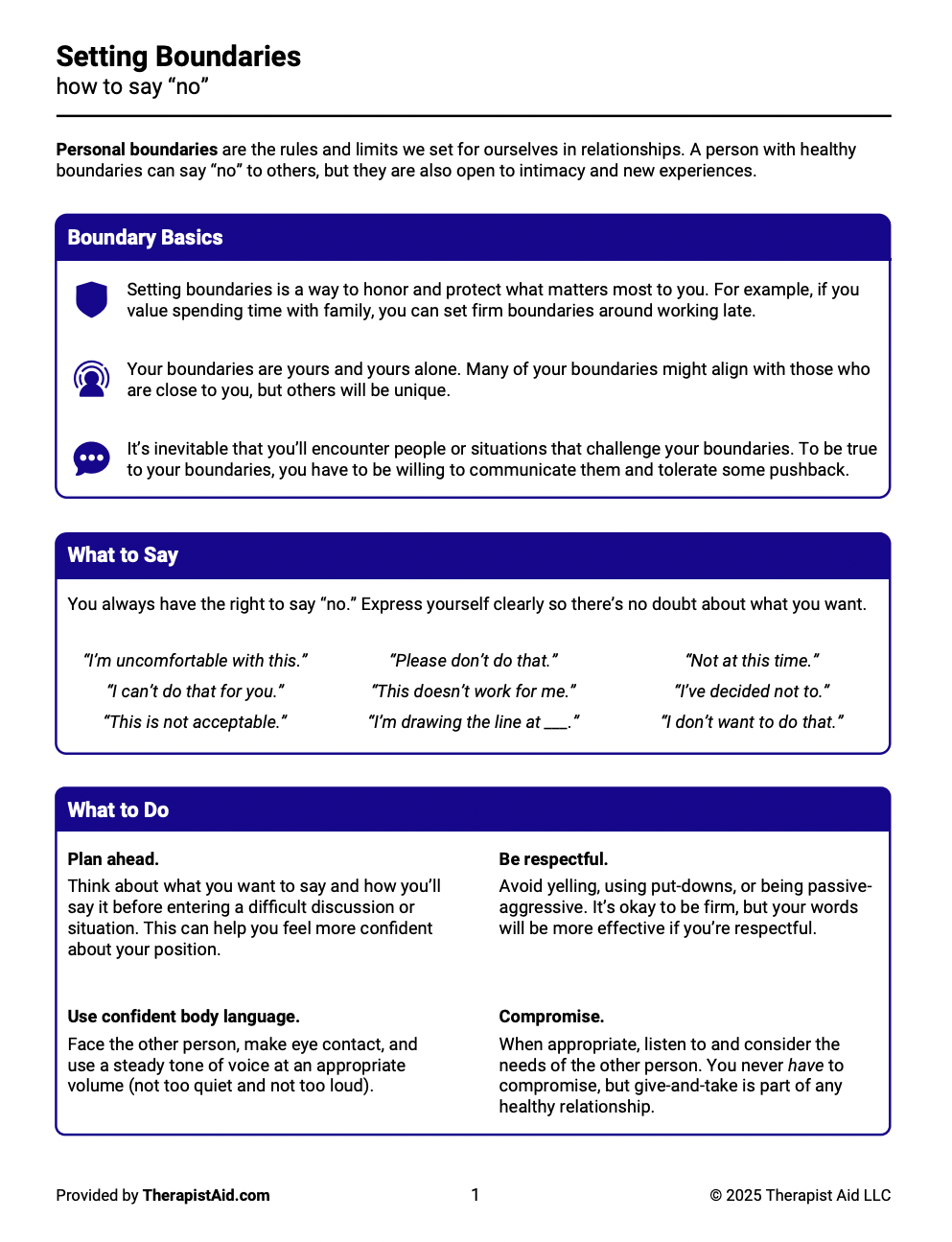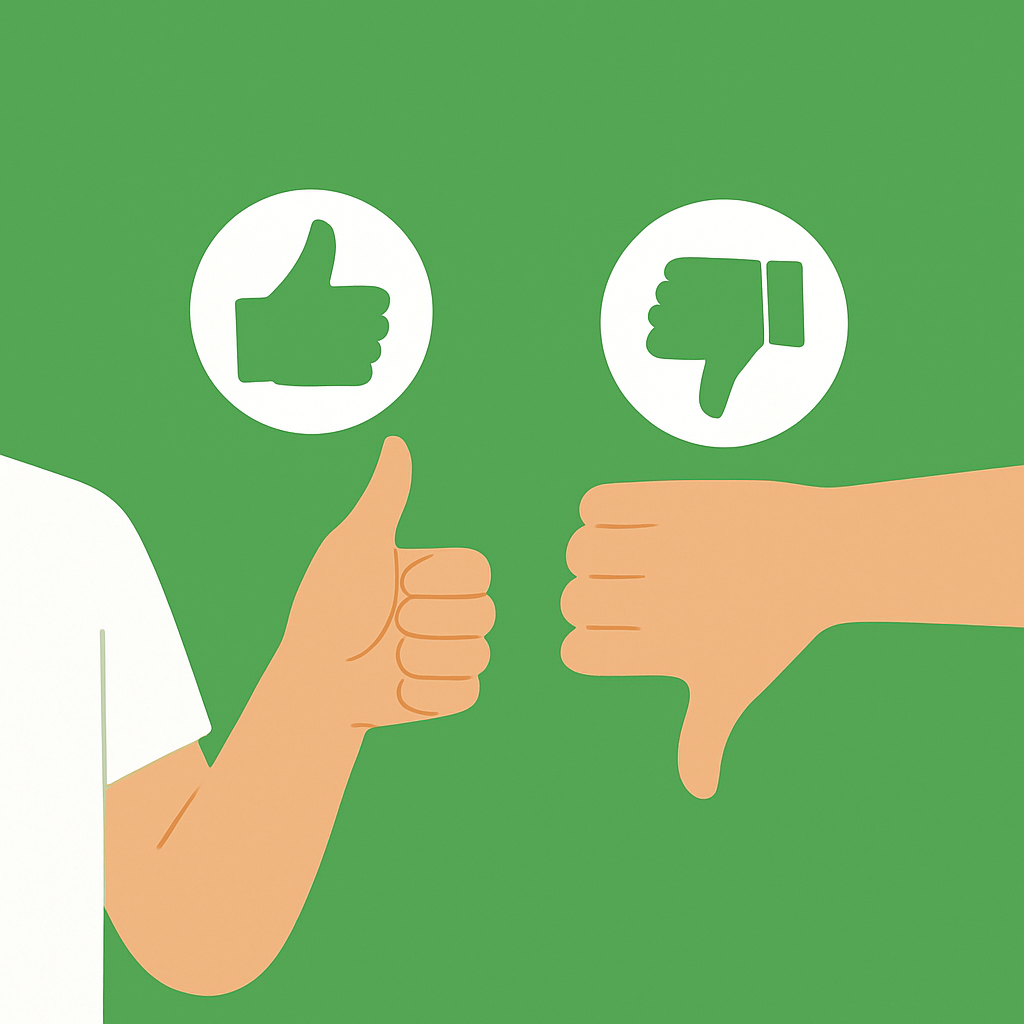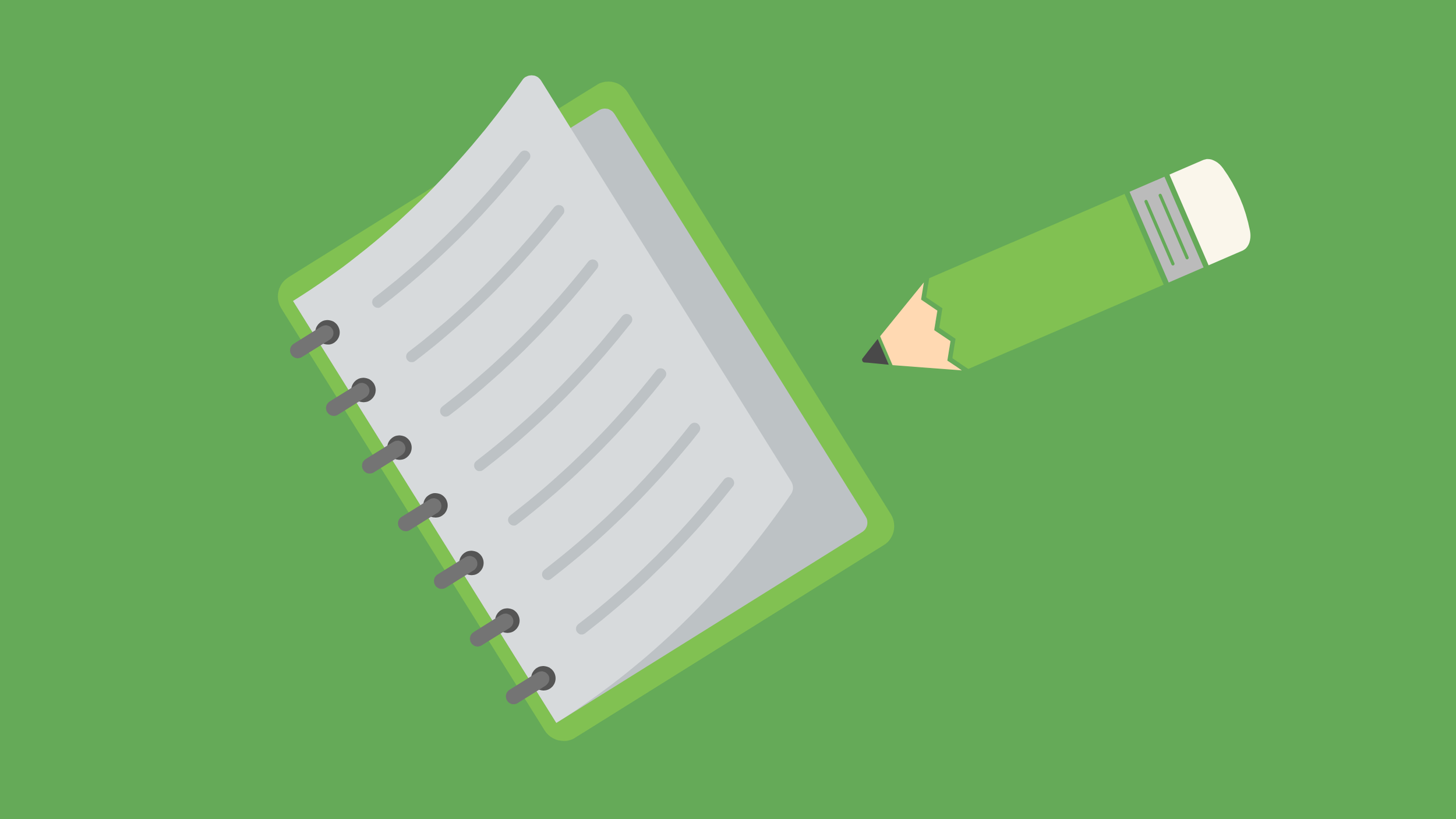
Safety and Boundaries Kit
Practical tools and gentle guidance to help you set, hold, and communicate boundaries in everyday life and relationships.
Understanding Boundaries
What are Boundaries?
Boundaries are the emotional, physical, and mental limits we set to protect ourselves. They tell others what is okay and what is not.
Why are boundaries important?
Protect your time, energy, and sobriety
Prevent relapse triggers linked to people-pleasing, shame, or toxic relationships
Build confidence and self-respect
2. Identifying Your Boundaries
Types of Boundaries
Physical- Protecting your body, space, and safety
Emotional- Protecting your feelings and mental wellbeing
Time- Protecting how you spend your time and energy
Digital- Managing your online presence and communication
Relationships- Choosing healthy, supportive relationships
Try this…
Write down what makes you feel safe and what makes you feel unsafe. Are there any boundaries you need to set?
3. Setting and Communicating Boundaries
Simple phrases for setting boundaries
“That doesn’t work for me”
“I need some space to focus on my wellbeing”
“I’m not available for this conversation”
“That doesn’t work for me”
Boundaries are not:
About controlling others
About punishment
About making things easier for others- they are for you
4. Safety Planning
If you feel unsafe (emotionally or physically):
Identify safe places and safe people
Have emergency contacts written down
Agree on code words with trusted friends for situations when you need help but can’t explain
Know your escape routes and exit plans
Learn breathing exercises and grounding techniques
More Resources
Explore the Recovery Toolkit














